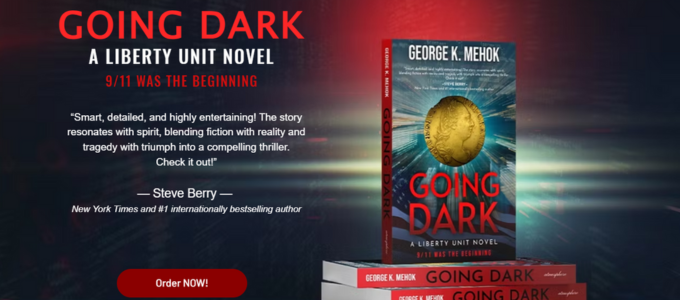Book Review:
“Light Horse Harry” Lee in the War for Independence by Jim Piecuch and John Beakes. Charleston, SC: The Nautical and Aviation Publishing Co. of America, 2013. Hardback: $26.95. ISBN 978-1-877853-73-9. Pp. xi, 268. Index, bibliography, maps, illustrations.
There is a need for a quality, impartial military biography of Henry “Light Horse Harry” Lee. The Introduction states that “this volume seeks neither to glorify Lee, nor to dwell on his character flaws and the sad financial difficulties that plagued his postwar life. Rather, the goal is to tell the story of Lee’s role in the American Revolution, and his many contributions to winning the struggle for independence.” That goal is only partially reached.
There is good information presented on Lee’s plan to capture Benedict Arnold and his Paulus Hook operation. However, the historical objectivity seems to be compromised on several other significant occasions.
Pyle’s Massacre is one of these problem areas. In the simplest of terms Lee’s cavalry was mistaken by a force of loyalist militia for Tarleton’s British Legion cavalry. The loyalists moved to the side of the road to allow “Tarleton’s” cavalry to pass. When alongside fighting broke out at very close quarters. Lee’s men overwhelmed the loyalists and killed about 100.
There has been a great deal of controversy and conflicting evidence brought to light about Lee’s involvement in this event. There is some evidence that Lee may have ordered the attack. However, Pyle’s Massacre is not covered thoroughly in this volume. Curiously, a far more detailed account is in Jim Piecuch’s very good article “‘Light Horse Harry’ Lee and Pyle’s Massacre” [Journal of the American Revolution, June 13, 2013].
Pension applications made by Revolutionary War veterans can be a good source of information. It is disappointing to find them dismissed with “…they must also be evaluated in the context of older men who were struggling to provide written memories of events that had occurred a half-century or more earlier, and who probably had difficulty separating those distant facts from the effects of the shared stories and folklore that they had heard and accepted as fact in the intervening years.” Yet, Lee’s Memoirs, written thirty years after the war, are apparently readily accepted as fact and are constantly referenced. Might the reader wonder in what context the Memoirs of Lee ought to be evaluated? Can Lee be considered an entirely factual and impartial observer?
There are also questions regarding objective coverage of Lee’s actions at the battles of Guilford Courthouse and Eutaw Springs. Lee’s performance in both of these battles are controversial yet this reviewer came away wondering if the full story was being presented or if Lee is being presented in a better light than warranted. And if so, how much more of the book is skewed to make Lee appear better than he might otherwise appear.
It is pointed out that “Greene biographer and Lee critic Judge William Johnson” quoted Nathaniel Pendleton, one of Greene’s aides, who criticized Lee. Pendleton is then described, as being involved “…in the Yazoo land scandal and [having] an affair with the widow of Nathanael Greene [which] prompted his relocation to New York,…” One wonders what that has to do with Pendleton’s truthfulness concerning his criticism of Lee. In addition, one cannot help wondering if Pendleton’s behavior years after the war discredits the man’s honesty to an equal degree as Lee writing his memoirs while in prison for debt.
A summary of Lee’s military performance brings the volume to a close. Pages of what appear to this reviewer as rationalizations, excuses, and justifications of Lee’s performance during the Revolutionary War brings to mind the line from Hamlet, “the lady doth protest too much, methinks.” There is not a feeling of having received a balanced view of opposing views.
There still exists a need for a quality, impartial military biography of Henry “Light Horse Harry” Lee.






Recent Articles
Declarations of Independence: Indigenous Resilience, Colonial Rivalries, and the Cost of Revolution
Joseph Plumb Martin: The Religion of a Revolutionary Soldier
Thunderstruck: The Treaty of Paris Reaches the Frontier
Recent Comments
"The Captives of the..."
Your research is very much appreciated. It provides a well sourced accounting...
"Thunderstruck: The Treaty of..."
Being from Ohio and enjoying Ohio and Revolutionary War history I enjoyed...
"Thunderstruck: The Treaty of..."
Excellent research and a great read.